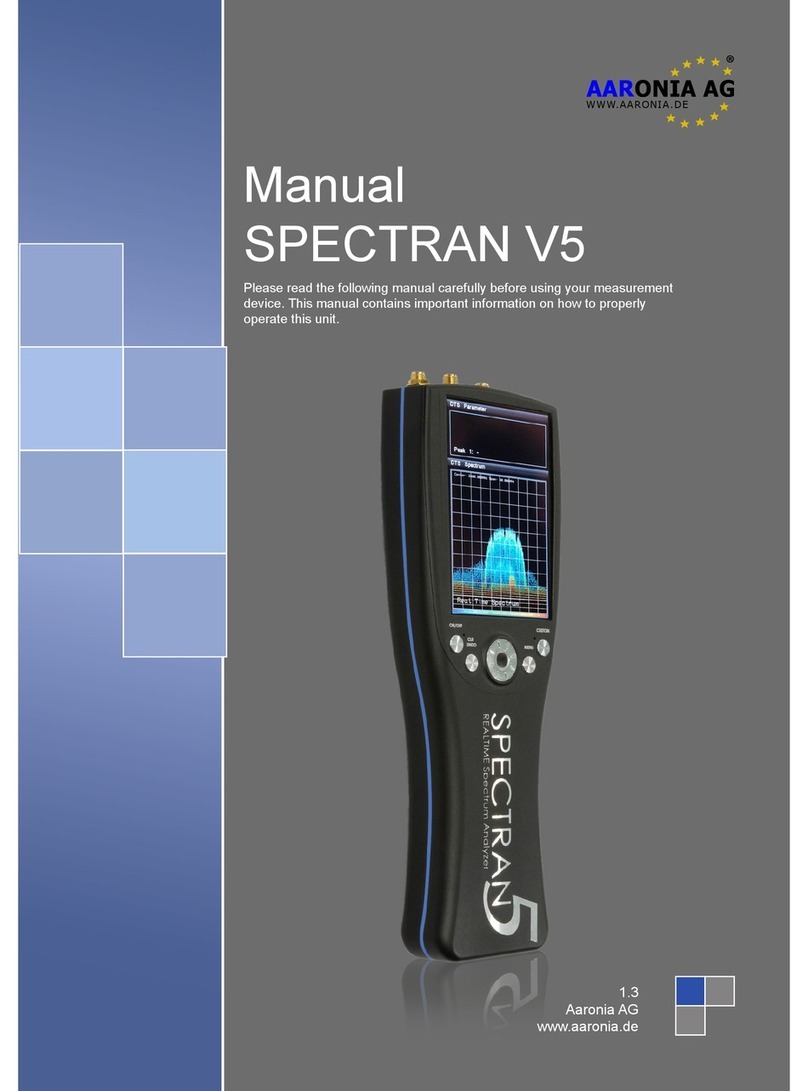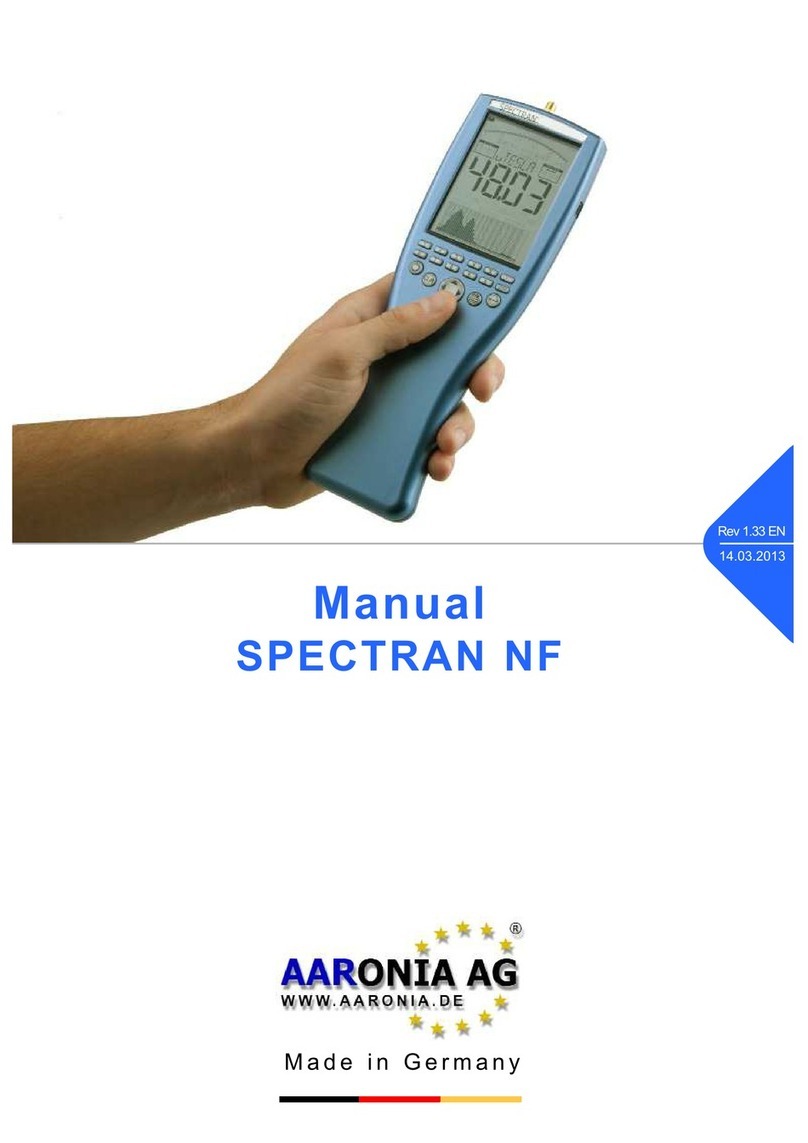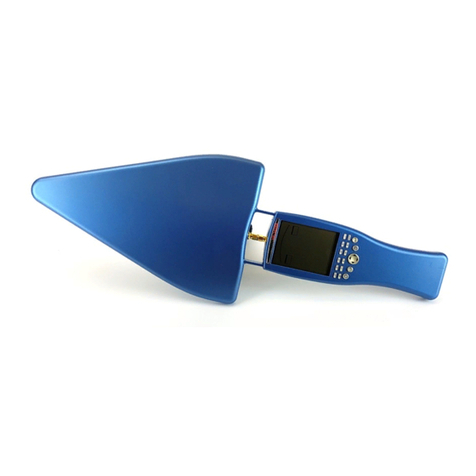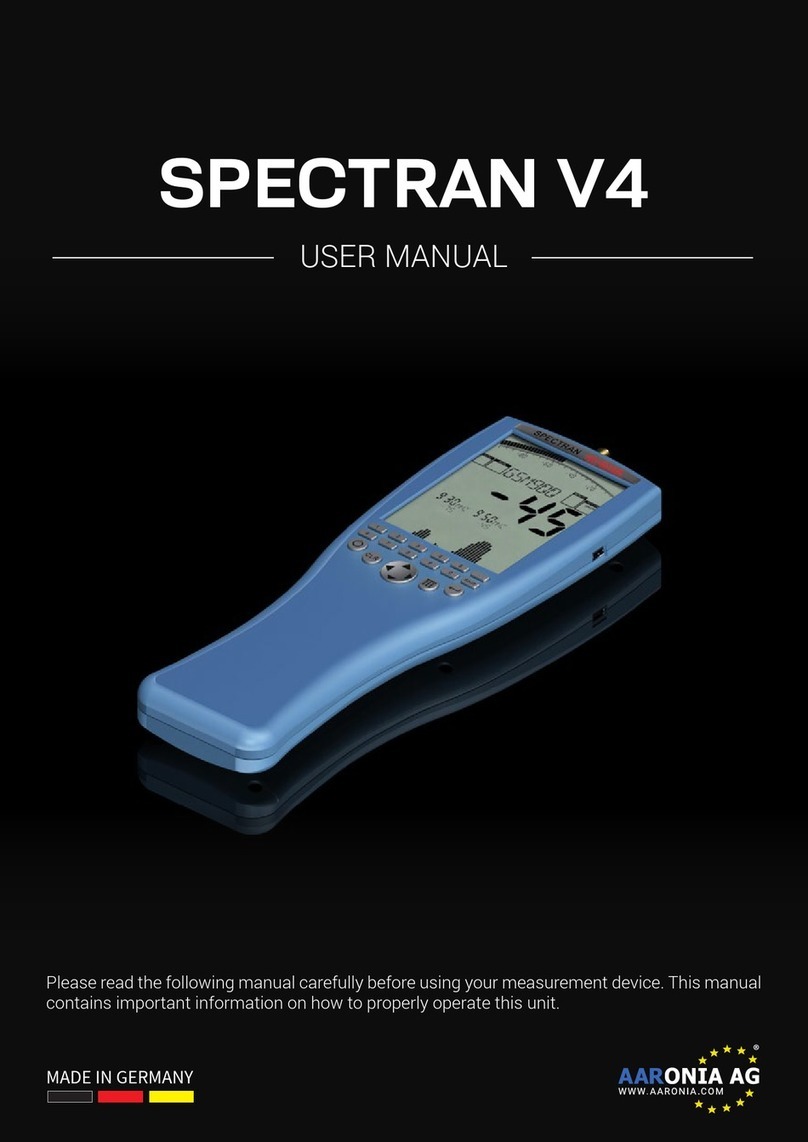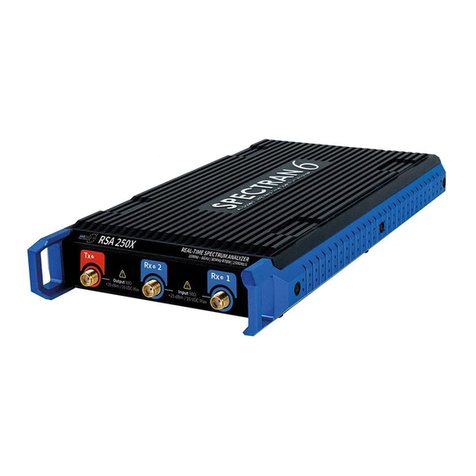5.3.11.1.
Demod (GSM-Decoder) ................................................................................................... 26
5.3.12.
AudInd (Audio-Indicator / “bug tracer” – option 015) ...................................................... 26
5.3.13.
Detect (Detector type) ...................................................................................................... 27
5.3.14.
Disp (display mode).......................................................................................................... 28
5.3.15.
Unit (set unit) .................................................................................................................... 29
5.3.16.
MrkCnt (set number of markers) ...................................................................................... 30
5.3.17.
MarkLvl (set starting level for markers)............................................................................ 30
5.3.18.
MrkDis (marker display mode) ......................................................................................... 31
5.3.19.
BackBB (change bargraph display mode, option 20x).................................................... 32
5.3.20.
AntTyp (configure connected antenna)........................................................................... 32
5.3.21.
Cable (configure antenna connection cable / attenuator) ................................................ 33
5.3.22.
RefOff (Set Offset or UBBV-Preamplifier) ........................................................................ 33
5.3.23.
GSMbst (select GSM Burst-Type).................................................................................... 34
5.3.24.
GSMdst (GSM Slot-Distance) .......................................................................................... 34
5.3.25.
Calib ( in preparation, currently not usable) ..................................................................... 34
5.3.26.
Bright (Set display brightness)......................................................................................... 34
5.3.27.
Logger (start recording/Data Logger)............................................................................... 35
5.3.28.
Setup (organize programs)............................................................................................... 38
6.
FIRST OPERATIONAL STEPS...................................................................... 40
6.1.
One-hand operation................................................................................................................ 41
6.2.
OmniLOG 90200 ...................................................................................................................... 42
6.3.
Pistolengriff ............................................................................................................................. 42
6.4.
Hardware-Setup ...................................................................................................................... 43
7.
CORRECT MEASUREMENT ......................................................................... 45
7.1.
Noise floor ............................................................................................................................... 45
7.2.
Harmonics ............................................................................................................................... 46
7.3.
Measurement of wireless LAN & cellphones ....................................................................... 46
7.4.
Attenuator-mode „Auto“ ........................................................................................................ 47
7.5.
Sensitivity ................................................................................................................................ 47
7.6.
Measurement inaccuracy....................................................................................................... 48
7.7.
The cursor and zoom features .............................................................................................. 49
8.
FIRST MEASUREMENT ................................................................................ 50
8.1.
Prepair device ......................................................................................................................... 50
8.2.
Basics ...................................................................................................................................... 50
8.3.
Measurement........................................................................................................................... 50
8.4.
Operation mode „Spectrum analysis“.................................................................................. 50
8.5.
Hold-function .......................................................................................................................... 51
8.6.
The „panning approach“........................................................................................................ 52
